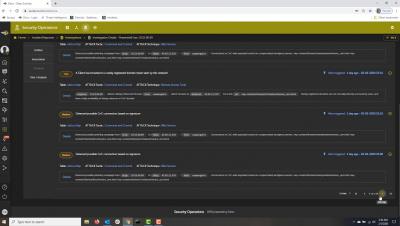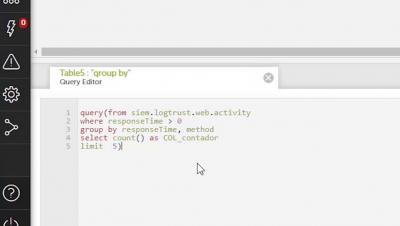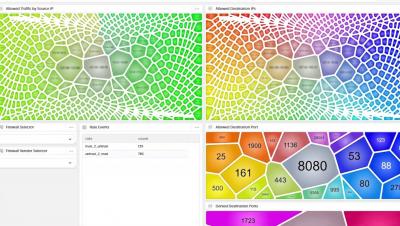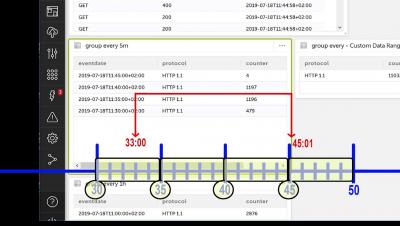Security | Threat Detection | Cyberattacks | DevSecOps | Compliance
Devo
Activeboards [9] - Bounded Queries
The Role of Technology in the Modern SOC
Recently, Security Boulevard published an article I wrote about the role technology plays in the modern security operations center (SOC). It’s a topic near to my heart, since I began working in SOCs back when we were known as “computer incident response teams” (CIRT). Over the years, I’ve seen a lot of outstanding technologies hit the market that have contributed greatly to improving security teams’ ability to identify, investigate and respond to threats.
Logs Are Back-and Other Takeaways from AWS re:Invent
This month Devo exhibited at the AWS re:Invent conference in Las Vegas. I asked a few Devo colleagues who attended the show for their insights about what they heard and saw. Among the many visitors to the Devo booth there were a lot of similar questions about log management and related topics. “There were many log vendors at the show, so people wanted to hear what makes Devo unique,” said Seema Sheth-Voss, vice president, product marketing, for Devo.
Considerations for taking the CompTIA Security+ exam
I recently took – and passed – the CompTIA Security+ exam (Sec+). Sec+ is a general introduction to multiple functional areas of security, ranging from network security to access control and identity management, for anyone looking to break into the space. For context, I have no previous training as a network or security professional, and my educational background was finance and Russian, nothing related to security.
Activeboards [6] - Share Activeboards
Activeboards [7] - Activeboards Inputs
Activeboards [8] - Activeboards Calendars
Are you dealing with the symptoms or the cause of analyst burnout?
Organizations build a SOC – a dedicated, centralized team of security experts – to effectively detect and respond to advanced threats. However, as SOCs deal with evolving threats and an expanding attack surface, advancements in the stack have not kept pace and analysts are feeling the pain.
Why SIEM is here to stay: Part 2
Organizations are stretched thin managing increasingly complex environments and ever-expanding threat landscapes. At the same time, adversaries are becoming more organized and sophisticated, resulting in more complex and advanced threats. The current workflow in the Security Operations Center (SOC) – how data is analyzed and acted on – is simply not working. There are too many tools, not enough visibility, and burned-out analysts.








